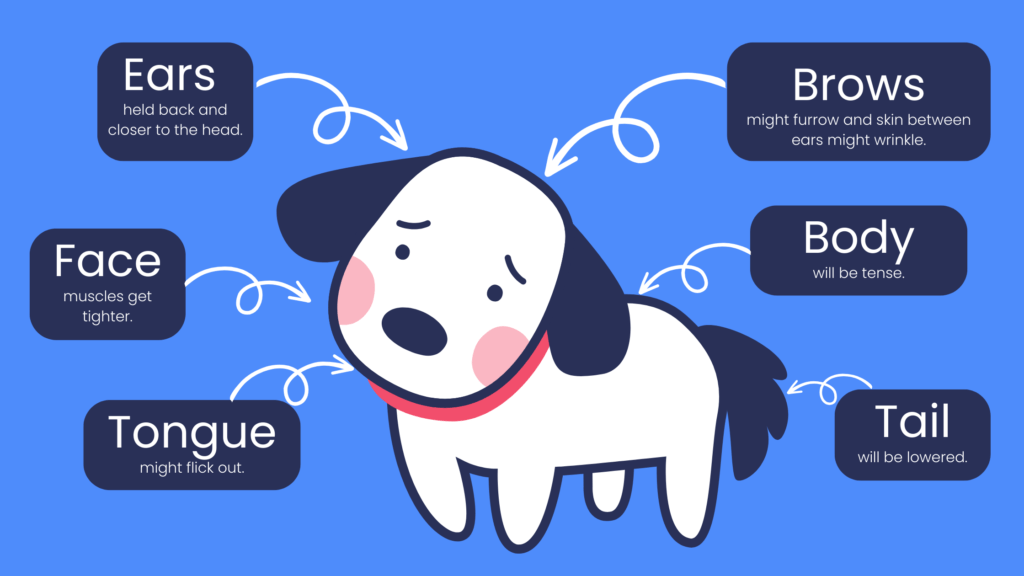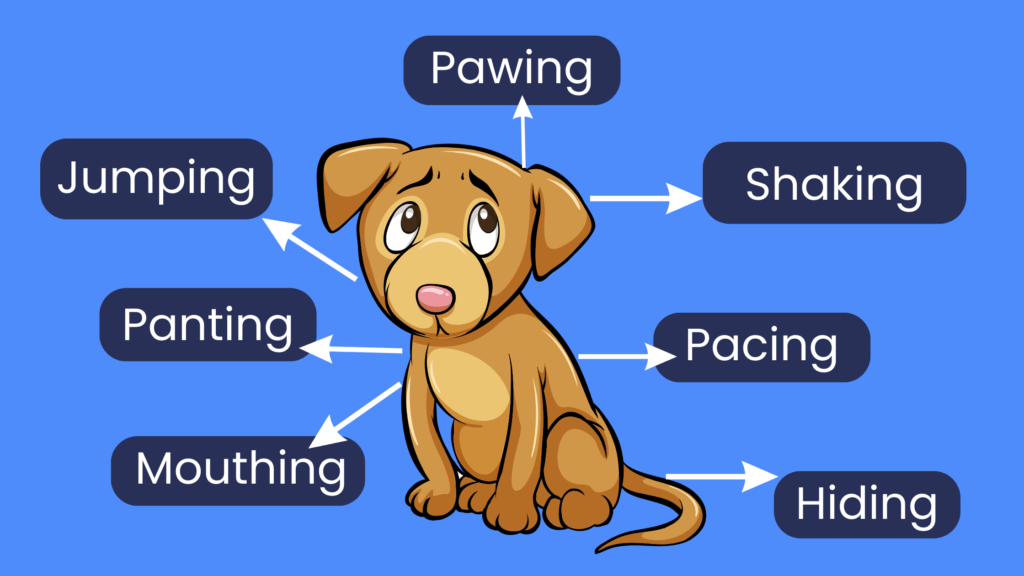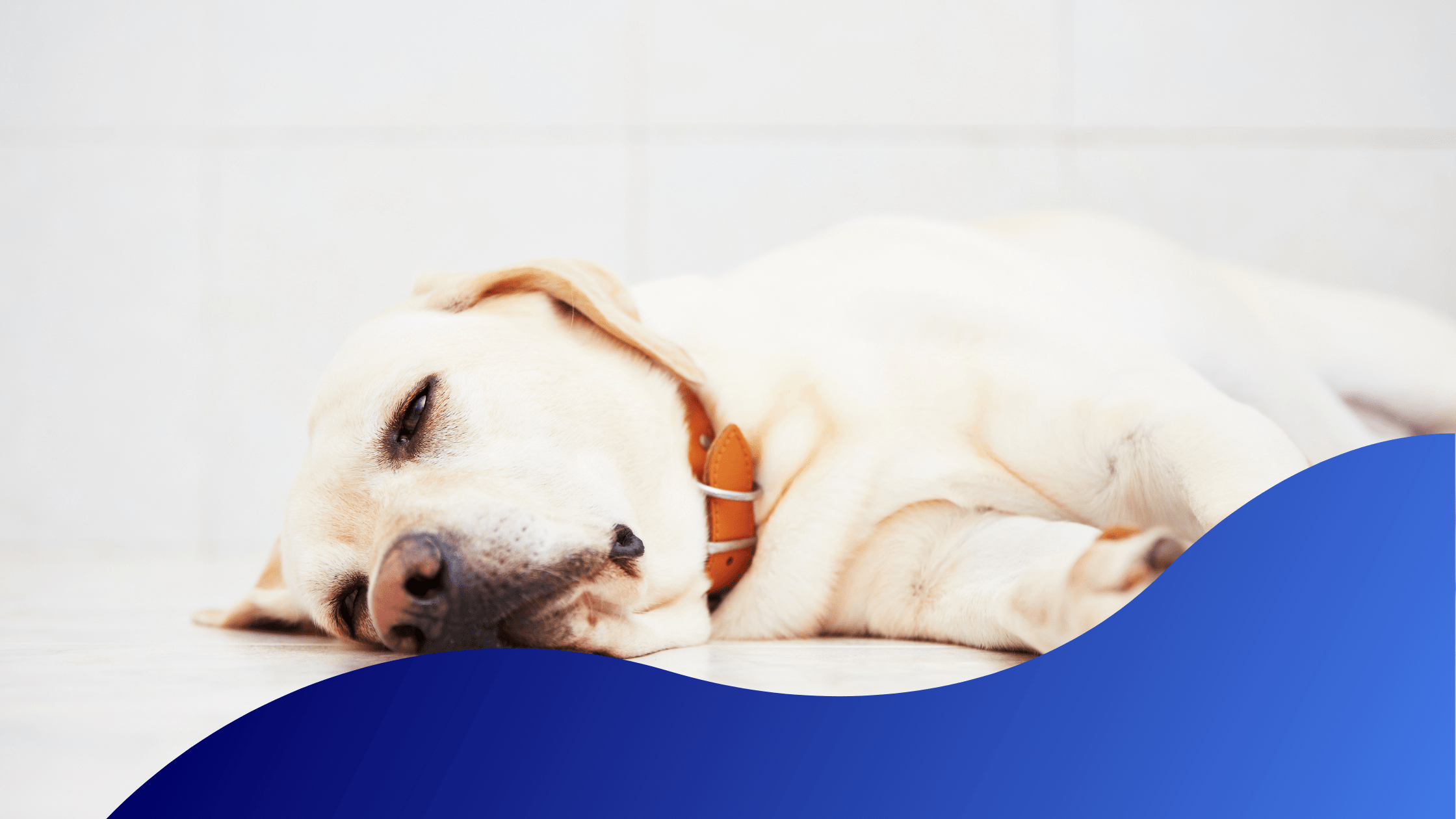Not sure if your dog is stressed or suffering with anxiety, we are here to offer our advice and pin point the signs you should look out for. Dog anxiety is real and unlike us they don’t have a voice to express their feelings but they do have other ways to show you…
If you can recognise the early signs of fear or anxiety in your dog, you can help your dog avoid what’s causing them anxiety and avoid potential conflicts.
This will help prevent your dog from developing longer-term fears and make everyone in the family, including your dog, feel safe.

How to tell if your dog is anxious?
Many of a dog’s body language signals are subtle and often happen very quickly, so they can be easily missed.
You need to consider your dog’s entire body and the context of the situation.
It’s also helpful to recognise the signs that your dog is relaxing, so you’ll know when they’re not feeling the same way.
If you see any of the signs below, think about what might be causing your dog to behave this way and how you can help them feel better and safe.
There can be many different ways to handle the situation, including calmly moving your dog away from what is causing him anxiety or ending an activity and leaving your dog alone.

More signs your dog is anxious or stressed
Shaking
Your dog exhibit a full body shake, you need to have a think about what was happening before they did this. It is possible they found whatever it was challenging and are now “shaking it off”.
Panting
Not always a sign that they are hot, some dogs will start to pant completely unrelated to the temperature or exercising they may have been doing. Unsure dogs may even tremble or shiver not because they are cold but because they are stressed or anxious.
Pacing
Your dog may start to pace and settling down will not be an option. The could also be very easily startled and jumpy.
Jumping, pawing or mouthing
Your dog may suddenly become very active and get your attention by jumping, kicking or even mouthing or climbing when they normally wouldn’t.
They may have difficulty carrying out familiar commands, such as “sit down,” because the stress response in the body makes it harder for them to sit still or concentrate.
Your dog may take a treat from your hand where it would normally take it gently. They may even refuse to accept it.
Hiding
Your dog may walk away or actively try to avoid what is bothering him.
Remember, depending on the situation, they may be worried about yourself, your veterinarian, or someone else.
Some dogs will try to hide or run away from the situation. Some will run away when they are frightened, and it is very dangerous.

How to help a dog with anxiety?

If you suspect your dog has chronic anxiety, or gets anxious about specific issues such as separation anxiety or noises, please speak to us.
Thank you for reading, until next time…

